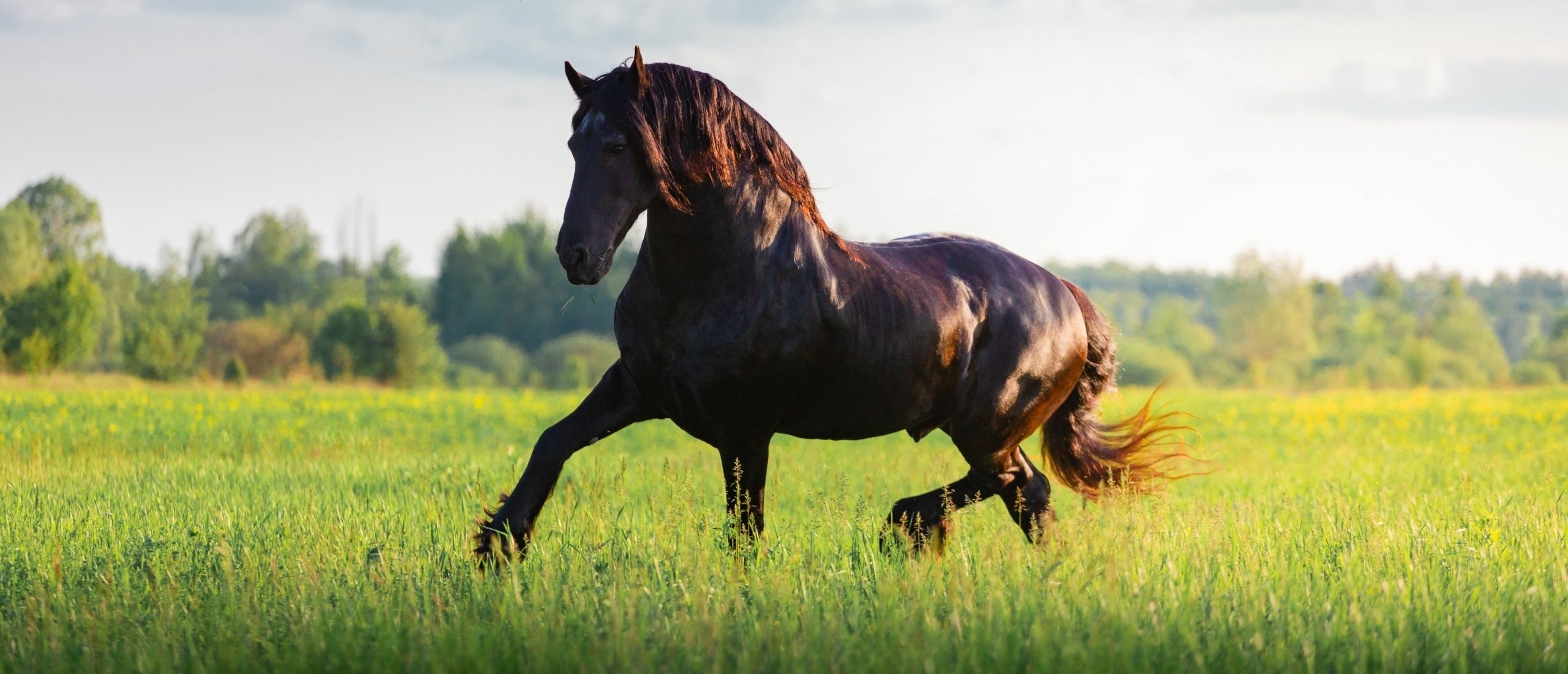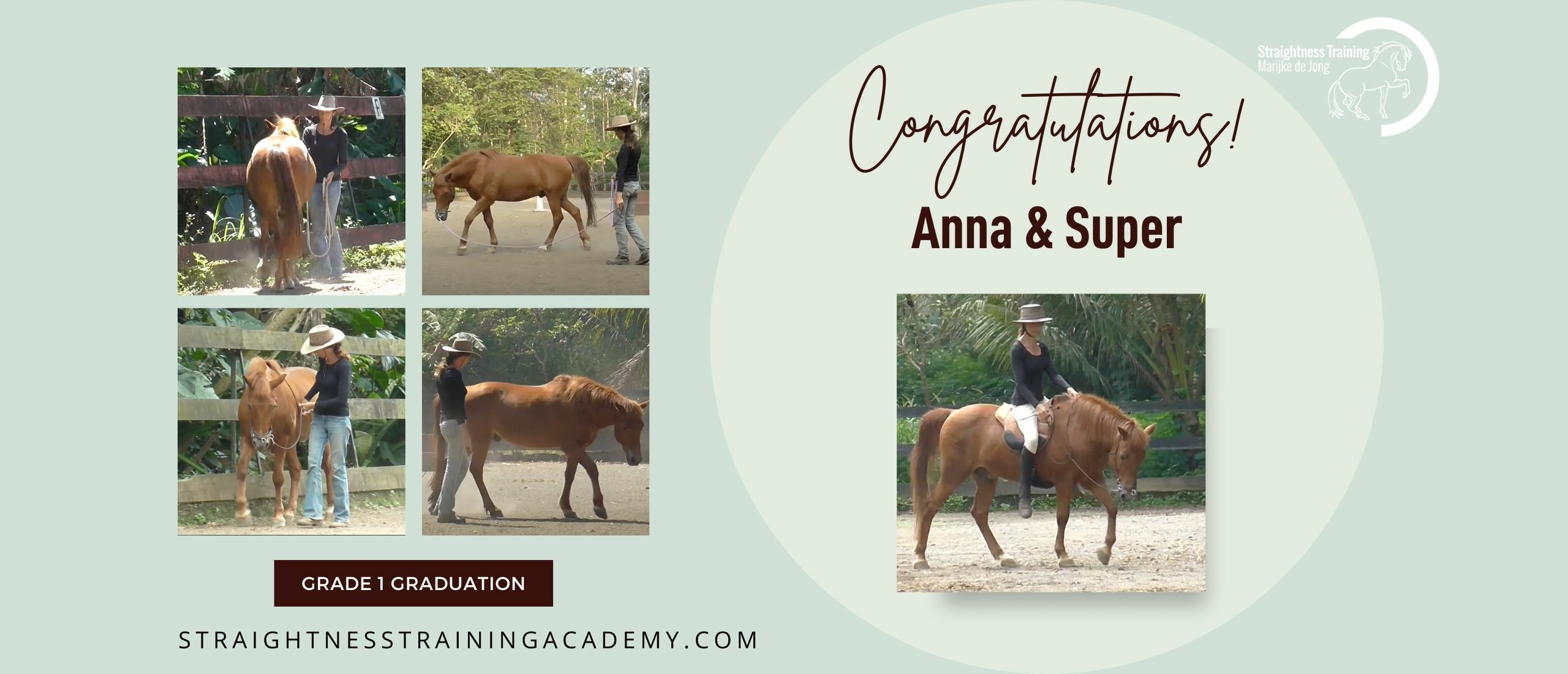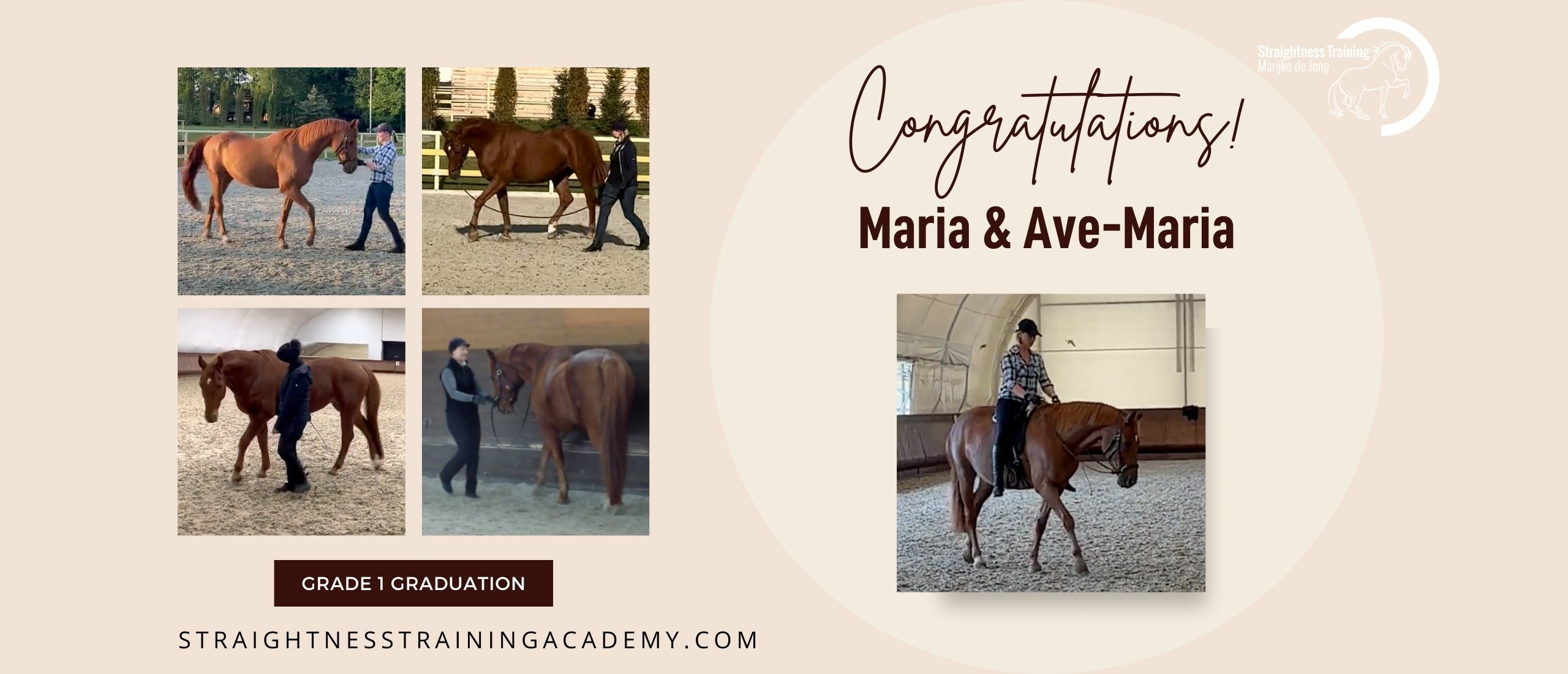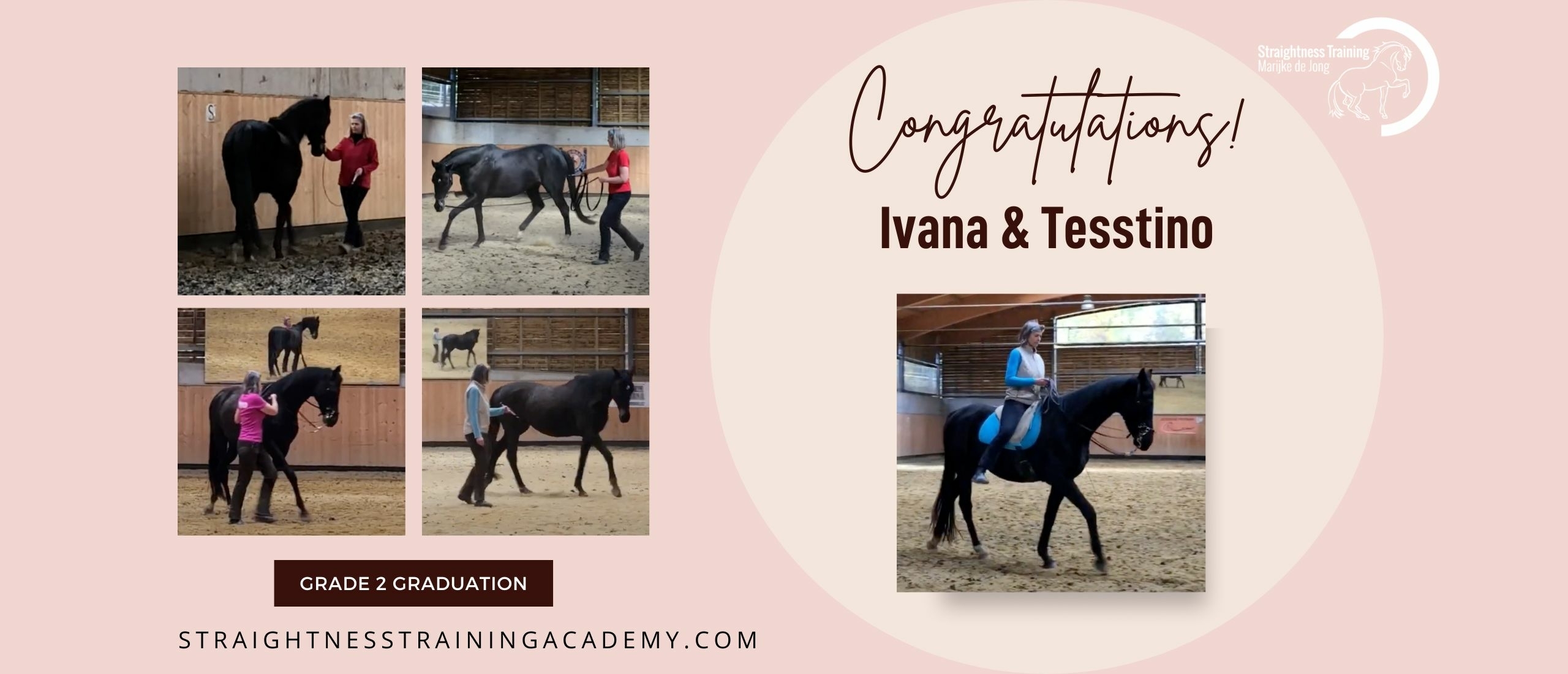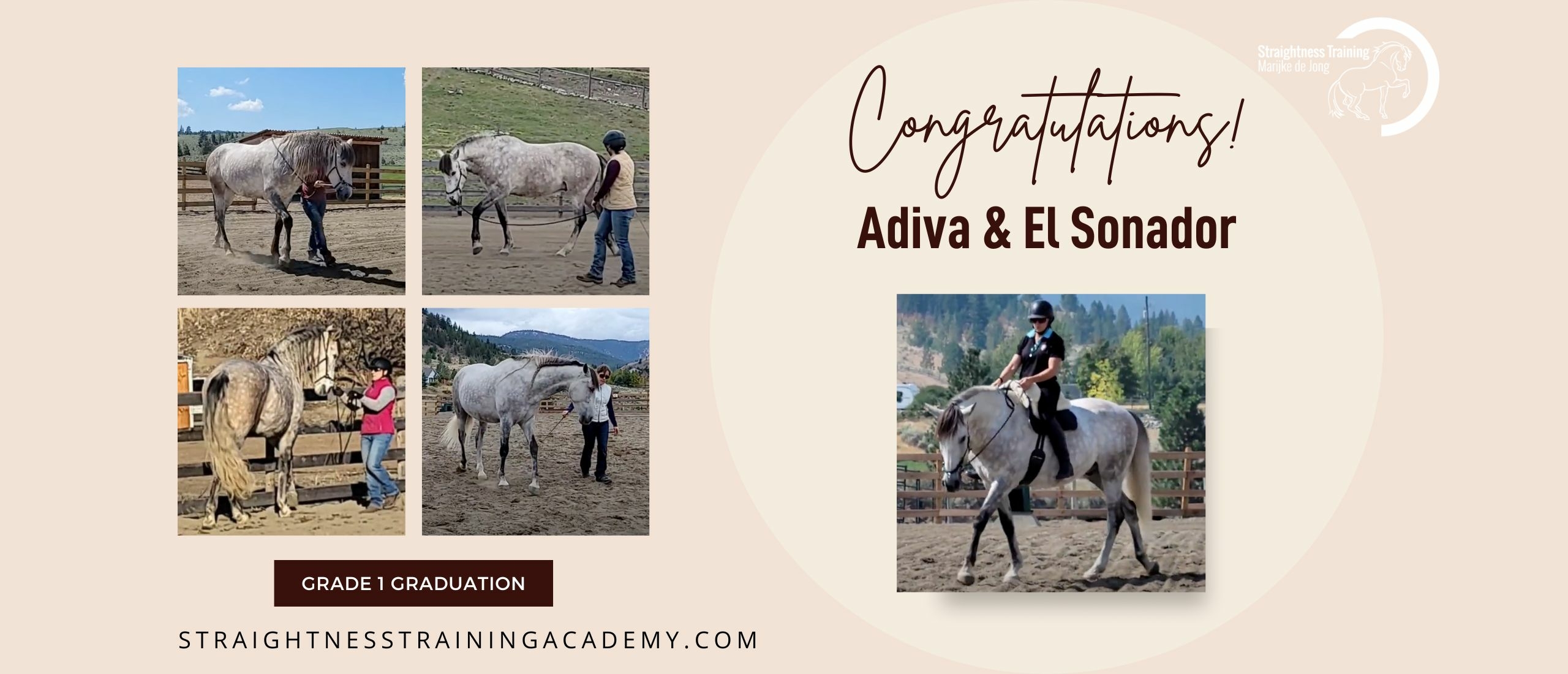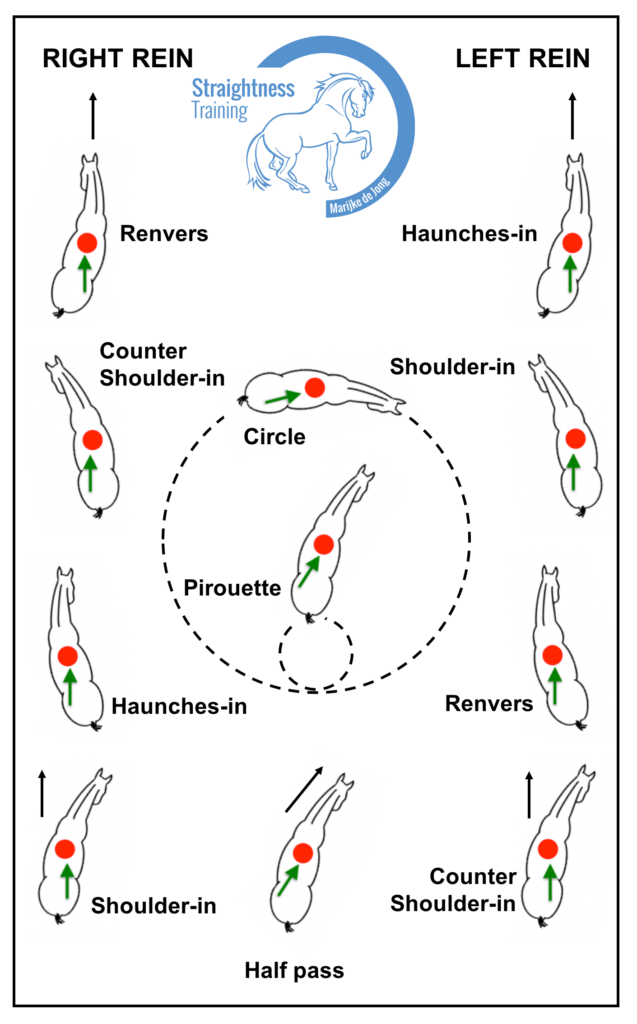 To develop the horse symmetrically in body and limbs you can use gymnastic exercises. The core of the gymnastic exercises consists of the circle, shoulder-in and haunches-in. All the other exercises are derived from these cornerstones.
To develop the horse symmetrically in body and limbs you can use gymnastic exercises. The core of the gymnastic exercises consists of the circle, shoulder-in and haunches-in. All the other exercises are derived from these cornerstones.
🐴 The circle is used to develop the Lateral bending of the body, the Forward down tendency of the head and neck and the Stepping under the center of mass of the inside hind leg (LFS).
🐴 Once the inside hind leg can step under, this hind leg can also start to take weight. To do so we use the shoulder-in and counter-shoulder-in. These exercises are designed to school the hind leg in function of the inside hind leg. As a result of taking the weight, the horse will bend the inside hind leg more and free the outside shoulder.
🐴 Once the horse can bend the hind leg as an inside hind leg, we can also start to school the hind leg as an outside hind leg. To do so we use first the haunches-in (travers) and later on the renvers. In the renvers the horse can lean less against the wall/fence with his shoulder, so it's a bit more difficult than the travers, but as a result he really supports himself with his hind legs.
All exercises are related
All exercises relate to one another and differ slightly:
🐎 The only difference between shoulder-in and counter-shoulder in is the position of the fence/wall. The same applies to the haunches-in (travers) and the renvers, also there the only difference is the position of the wall.
🐎 The difference between shoulder-in and renvers is the bending in the spine, which is the opposite. In these exercises the same hind leg has the opposite function ('inside' in shoulder-in, 'outside' in renvers). The same applies to counter shoulder-in and the haunches in.
🐎 The half pass is 'just' a haunches-in over the diagonal, and the pirouette is 'just' a haunches-in on a small circle. Both half-pass and pirouette require support of both the inside as the outside hind leg. Therefore in both exercises the shoulders must lead to be able to keep the center of mass in front of the direction of the hind legs, only then both hind legs can support the weight. So both the half pass and pirouette also relate to the shoulder-in.
Tip 1: Choose the best number of tracks and amount of bending
All exercises can be done on 3 or 4 tracks, or 2,5 tracks or 3,75 or 3,99 ;) and your horse can have more or less bend in his spine. Now there is no 'perfect' number and the exact degree doesn't matter. What matters in ST is that you choose the number of tracks and degree of bending where your horse can support his body and center of mass best with both hind legs. And that depends on the conformation of your horse: if he has a long back or a shorter one, if he has long legs, or shorter ones, if he has a long neck or a short one. So choose the degree of bending and number of tracks where your horse can move in optimal balance and with most quality.
Tip 2: Continue when you're at 66,66%
First start the circle, then after a few training sessions add the shoulder-in, and the moment the horse can do this exercise for 66,66% of quality, add the haunches-in. From there you can start practising the variations. Just continue with the next variation if you can do the former at 2/3 of quality.
Tip 3: Develop the horse equally
To develop a horse equally in body and limbs all exercises need to be done to the right and to the left (or as they say in English: on the right rein and on the left rein). When doing these exercises there will always be an 'easy' side and a 'difficult' side. To develop the horse equally, do the 'difficult' side a bit more often and it's also an idea to start with the 'difficult' side and to end with the 'difficult side'. The moment the horse starts to feel more equal, switch to train the exercises 50-50.
Join My Free Training
Jump on over to my free training were you get a three-step process for implementing Straightness Training in your training sessions right now. Watch two videos and download your free eBook about the ST Exercises which will help you put the information into action right away: 


